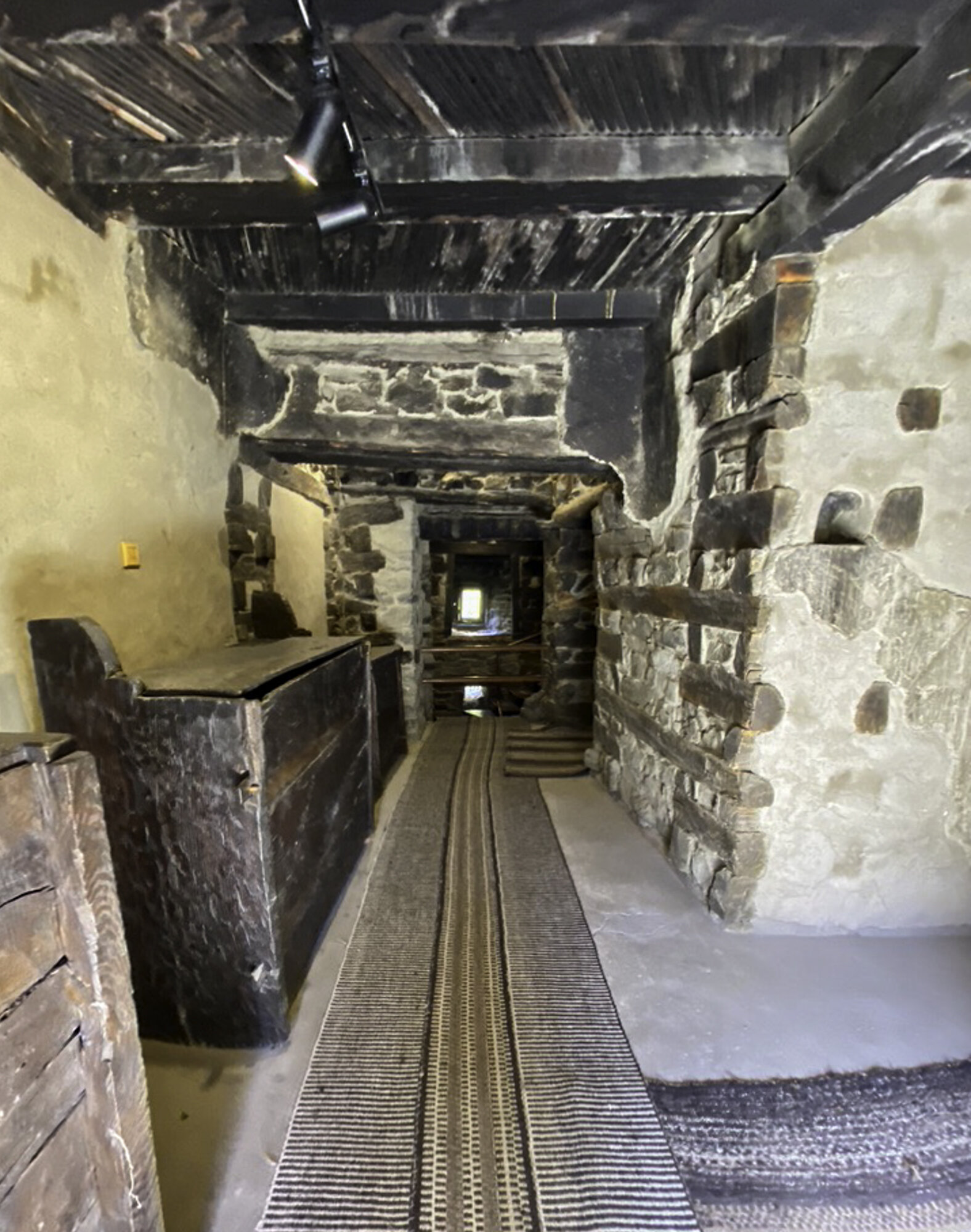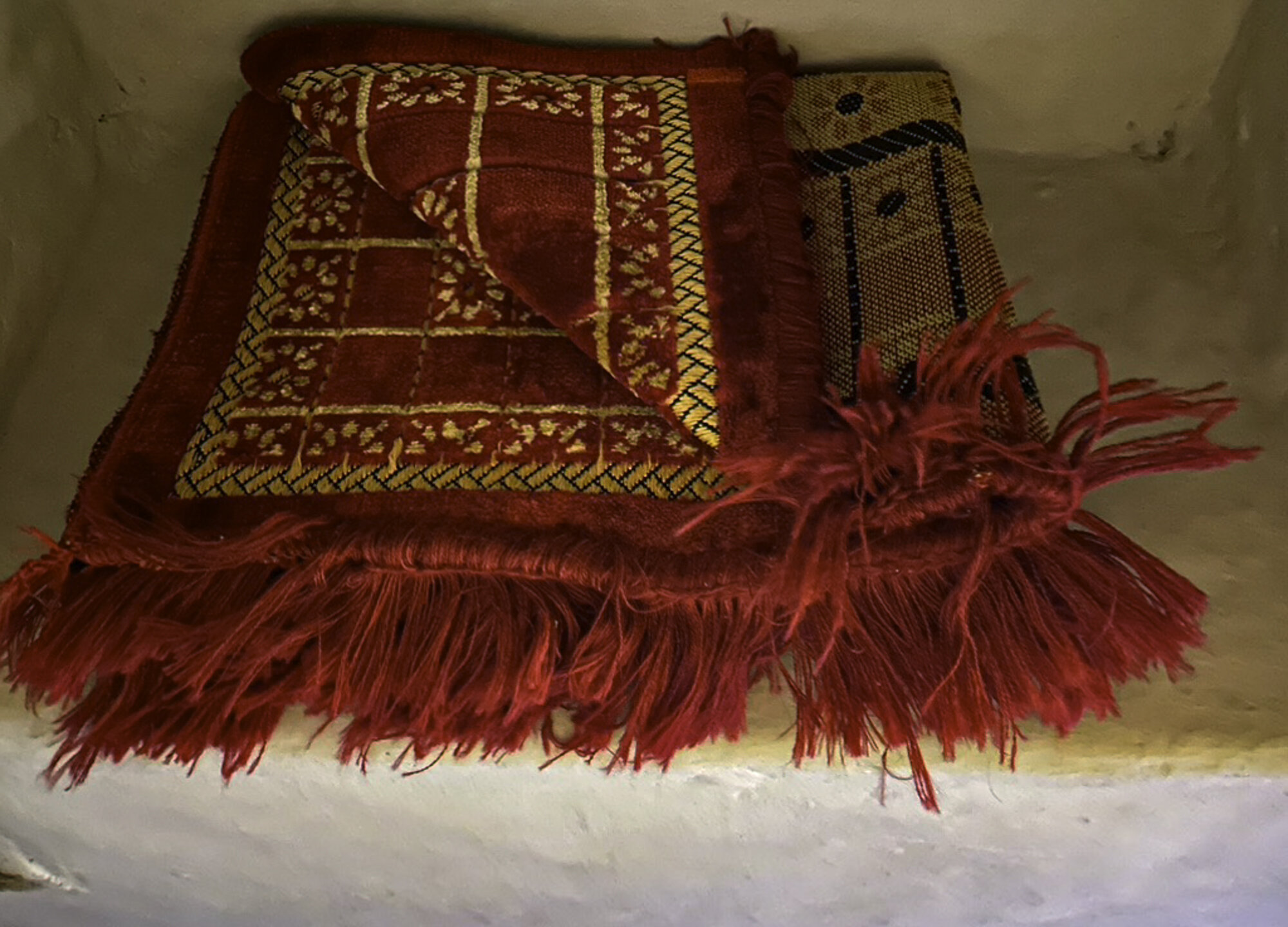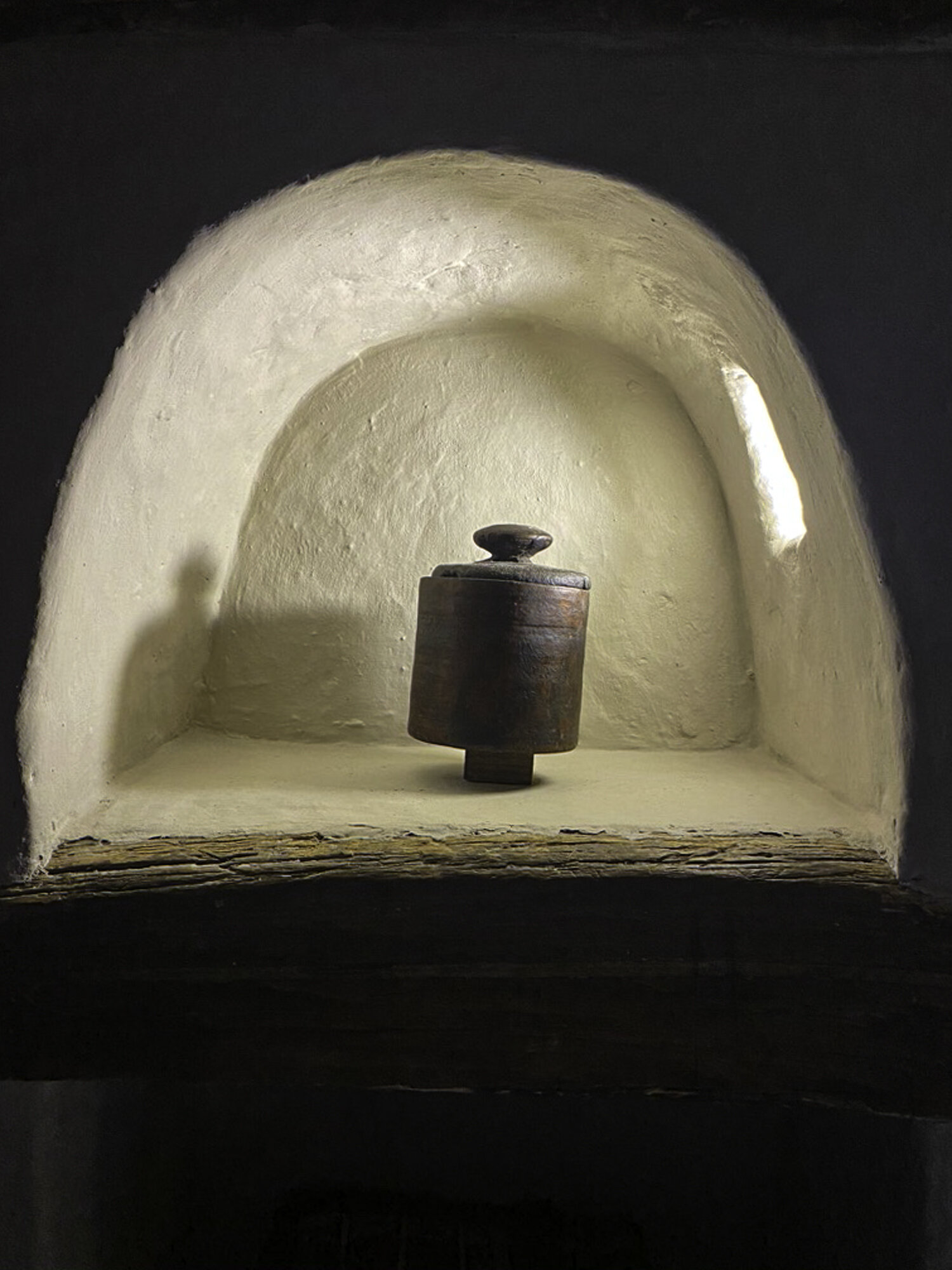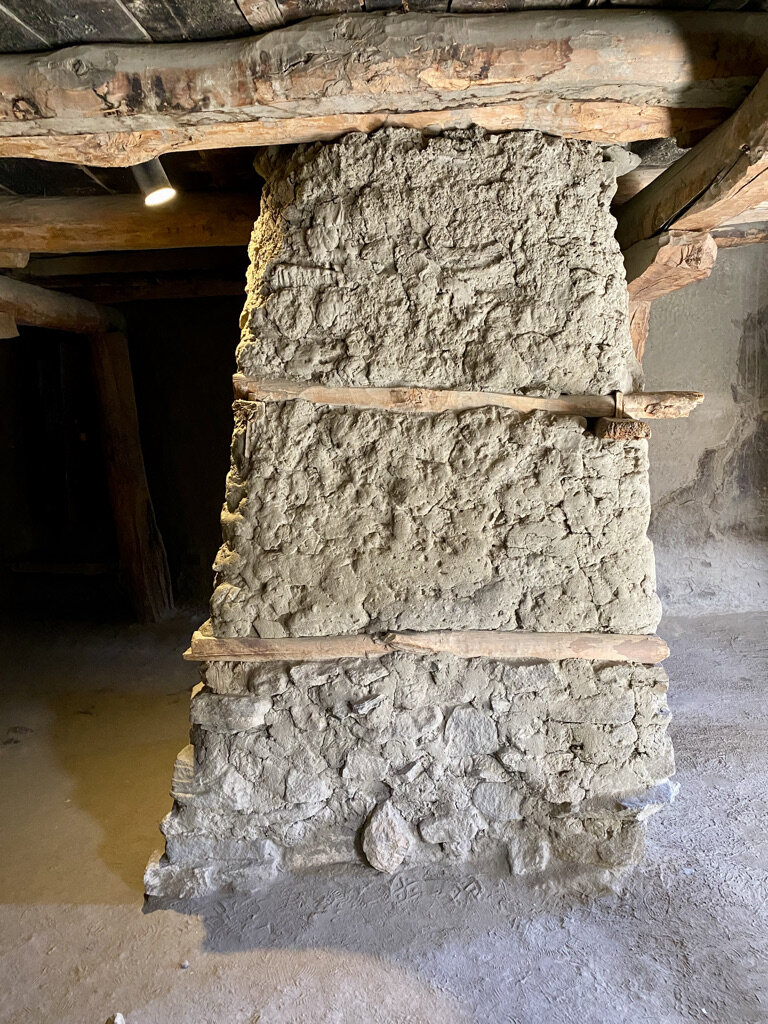Postcards from Pakistan
Postcard from Shigar Fort
After a very long day driving along the Karakoram Highway (see my previous blog on this amazing drive) we arrive in Shigar. We are staying at Shigar Fort. We stand in the garden of the fort and the gentle buzzing of bees in the blossoms and bleating of goats in the village below is in peaceful contrast to the last nine hours of danger and dust.
Shigar Fort was built in the 17th century and was once the residence of the Raja of Shigar. It is known locally as ‘Kong-Khar’ or ‘Fort on Rock’ as the original fort was built around a cone shaped rock. The fort now consists of three buildings built close to each other. The oldest structure is over 400 years old. The other two buildings were built around 100 and 150 years later. The fort was restored by the Aga Khan Cultural Service Pakistan from 1999 to 2004 and was then bought by the Serena Hotel chain. We were fortunate enough to be staying in one of the oldest rooms in the original fort. Standing outside the fort it is easy to see the building method of alternating stone and wood. Inside you can see Kashmiri door and ceiling details.
The fort sits in tranquil gardens with one garden offering relaxed outdoor seating and dining and another with a baridari. A baridari is a pavilion with usually twelve doors (bara is Urdu for twelve and darwaza is Urdu for door) to let air flow through. The Shigar Fort baridari is surrounded by an ornamental pond. It looks beautiful and would have been a perfect setting for the Raja to enjoy music, poetry or somewhere cool to sit.
Shigar Fort, a place to slow down, relax and be treated like a Raja.
Shigar Valley, we arrive as the sun begins to set
Shigar Fort from one of the gardens
Entrance to the hotel, in the middle of the photo you can see the cone shaped rock, where the fort gets its local name
These are the stairs leading up to our room
A day bed
The restoration has been done so well
View from our room
The baridari
View from inside the baridari
What a spot to have breakfast
View from the top of the fort
Postcard from Altit Fort - a thousand year old fort with a thousand foot drop
As you can see from this photo Altit Fort sits high above the Hunza River. There is a straight, 1000 foot drop from the fort to the river below. The Fort started as the traditional home of the local Mir, or king. It sits in a strategic position overlooking the Ulter Glacier and the Hunza Valley. The Fort’s prime position made sure that the Mir was ready against attack at all times.
The Fort has been wonderfully restored by the Aga Khan Trust for Culture and the Norwegian Government from 2006 to 2010. The Fort is built of wood, stone and mud. The use of alternating wood with stone made it able to withstand earthquakes. Looking up at the Fort you realise that it would be difficult to build today, let alone 1000 years ago.
Inside the Fort you can find rooms with furniture and belongings giving an idea of what life might have been like for the Mir and his family. Each room has intricately carved door lintels and window shutters. Doors and ceilings are low, windows are small to keep in the heat.
The Fort has a fascinating history revolving around princes, politics and pillars. Around 1540 a new fort, Baltit Fort, was built in Hunza (the subject of my next blog). Prince Shah Abbas moved to Baltit Fort, and it became the new capital of Hunza. Prince Shah Abbas’ younger brother, Prince Ali Khan, remained at Altit Fort. The two brothers fought and it is believed that Prince Shah Abbas buried his younger brother alive in a pillar in one of the rooms in Altit Fort. This is not the only story of death at the Fort. Altit Fort has one tower ‘Shikiari’ or ‘Hunters Tower’. Prisoners were held in dungeons and sentencing could involve being thrown from the tower over the cliff.
However today you will find it a peaceful place. After spending time looking around the Fort you can enjoy a walk through the beautiful gardens and stop at Kha Basi, a former Mir’s winter residence, now a café with great views.
As we were walking around the garden, we heard some wonderful music. Set in a corner of the garden is a music school where students can learn to sing and play traditional Pakistani instruments. We had been walking past during one of their rehearsals and were fortunate enough to be invited into the school to listen to the students play. As a bonus our travel guide and our guide from the fort got up to dance. It was a wonderful end to our visit to Altit Fort – an afternoon of history, politics, music and culture.
Altit Fort built closely around the rock base
Front door to Altit Fort
The pillar!
The kitchen
View from the top of the Fort across the Hunza Valley
Old Altit Town sitting under the Fort
Life in Islamabad - time to smell the roses
Australian photographer in Pakistan
Instagram @gaynor.shaw.photography
During these difficult Covid-19 times I am trying to stay home and thought I should use the time to practice some macro photography. I am very fortunate to have a wonderful garden, looked after by some excellent gardeners. In English we have a saying that to be able to grow plants well you have a ‘green thumb’. I have no such skill, in fact my boys say I have the exact opposite a ‘black thumb’!
A couple of months ago my gardeners took me to some local nurseries in Islamabad to pick plants for the garden to make sure it looked it’s best in spring. Nurseries here are not like nurseries back home. Back home every pot contains a label with a picture so that you know what the plant will look like once grown, information on where and when you should plant it, how much water it requires and what type of soil it likes. There were no such labels here. I did see one label that said petunias - at least I knew what a petunia looked like. Instead each nursery had a team of knowledgeable people and I also had the encyclopaedic knowledge of my gardeners. In depth discussions were held and plant choices made. I was no help in the decision making but it was very nice of everyone to try and include me. I wandered around with my camera enjoying the experience. After days of rain I was happy to see the sun come out, washing being hung out to dry and plants shining with raindrops.
There is a cliché that says ‘stop and smell the roses’. The original quote is from Walter Hagen who said ‘You’re only here for a short visit. Don’t hurry, don’t worry. And be sure to smell the flowers along the way”. These seem to be apt words for our current times.
Petunias!
Dahlia
Banyan Tree




























































